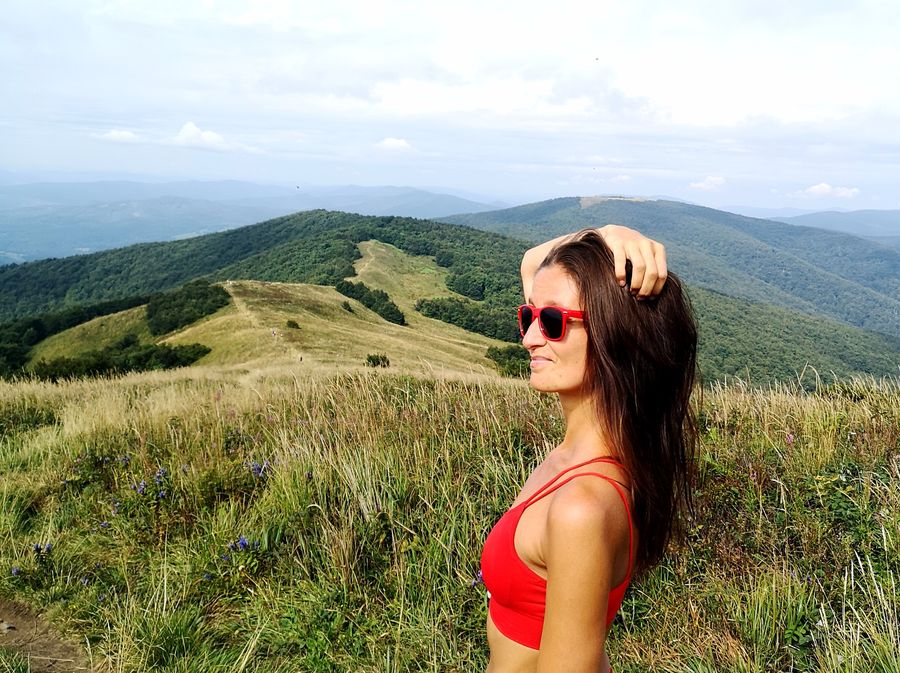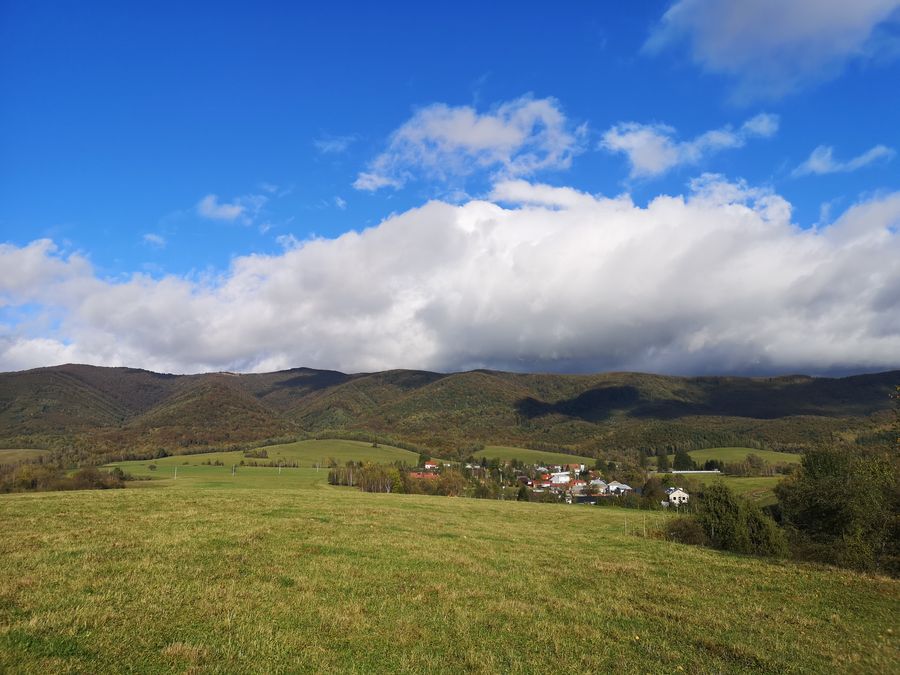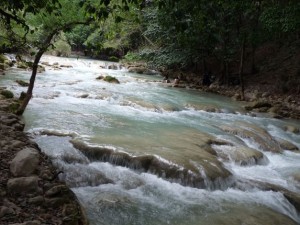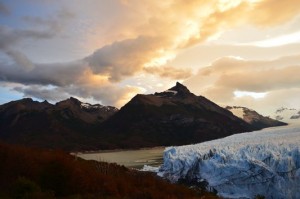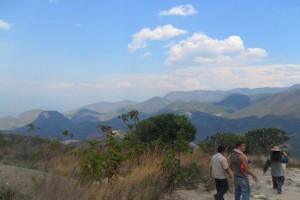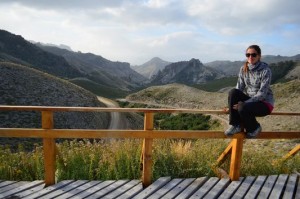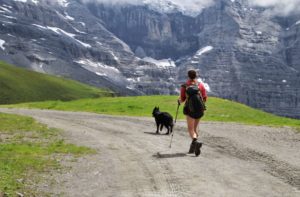Hiking solo? – Here is all you need to know
Hiking is a great way to spend some time away from the bustling city life that can easily get overwhelming, very quickly. That being said, sometimes you also want to escape crowds, and there’s no better way of doing that than by hiking solo.
But unless you’ve been doing this for a while, hiking solo can be a difficult and potentially dangerous endeavor. This is why it’s important to be well prepared, and know what you’re getting into before you embark on such a journey. So, if you’ve finally decided that you do want to head out and hit the trails alone, here are a few tips that will get you started and show you the things you should be careful with.
Grab the right gear
The right gear can make or break your entire solo hiking experience. A pair of good shoes suitable for the terrain and weather is essential. A pair of regular or prescription sunglasses is also very helpful on those extra sunny days.
And you’ll also want a good backpack that you can achieve an even weight distribution with. This ensures that you don’t have any pressure points on your back, and can hike comfortably.
If you are heading on a longer adventure that requires overnight camping, you need a good tent and a warm sleeping bag. Synthetic sleeping bags make an excellent choice offering plenty of comfort in various weather conditions, including when things get wet. However, make sure to pick the right one according to the season and temperatures expected.
Aside from this, it’s good to have a light and a first aid kit. When it comes to light, a headlamp is a better choice because it keeps your hands free and allows you to move more freely in case it gets dark. As far as a frst aid kit goes, you should have one that will get you back to the trailhead or your car in case something happens.
Reception can also be highly unreliable in more remote areas, so it’s not wise to depend on your phone alone. Don’t take any risks, and install a compact ham radio in your car. These 10-meter, two-way radios can transmit signals over long distances and get you the help you need in any sticky situation. Their backlit keys and bright yet dimmable display also make them easy to use even when you don’t have any lights on hand.
If you’re going hiking for several days, make sure you have the right food and the right amount of meals and water. To avoid any mistakes and forgetting essentials, it’s recommended to follow a packing checklist.
Pick a trail below your pay grade
We can’t stress this enough, but when you’re picking a trail for a solo trip, it should be something that you can absolutely cover, without a single shred of doubt. If it’s your first solo trip, it’s not the right time to take risks, so by all means play it safe. If you aren’t sure about it, go for a trail that you’ve hiked before, or opt for one that’s close to home so the terrain is more familiar.
Another thing to consider is that the trail you cover shouldn’t have any risky areas. We’re talking about difficult terrains such as rocks or a lot of exposures, or things like a big river crossing or anything that could pose a risk. Leave these trails for when you’re more experienced (and more confident!).
While we’re at it, it’s worth mentioning that you should know your limits. Your first solo ride should show you that you can do it, you don’t have to cover marathon distances. A five or six miles long hike is more than enough, and you could try to bump that up to eight miles if you’re physically well prepared and know what you’re doing.
Make sure it’s common and well marked
While we’re talking about trails, you can still enjoy your solo hike on a trail that’s rather common and has people on it often. This ensures that you will get your solo experience since there’s nobody with you all the time, but if something happens, chances are someone will pass you within a few minutes and will be able to help you out.
As far as marking goes, most trails in national parks are well marked, but if you want to stay on the safe side, make sure you hit a trail that’s on the park map and can be easily found by others if you need help. And while we’re at it …
Give someone your game plan
And make sure it’s detailed. Have a family member, your partner, or a reliable friend know where you are. Tell them which trail you’ll be hiking, how to get there, how long you expect to be out, all the details. This means that in case you’re gone for longer than you mentioned, they’ll be able to come and help because they have a good estimate of where they should be looking for you. Also, call them when you’re done hiking, so they know that everything is okay and they don’t need to worry about anything.
If you’re serious about hiking solo, satellite messengers are godsent. These little devices you can hang on your backpack don’t require a cellular network to contact someone, and you can even set some of them up to immediately contact your emergency contact in case something happens, without your input. Of course, they are expensive and not for everyone, which is why we only suggest them if you’re serious about your hiking.
TIP 1: I have to honestly tell you that my home country Slovakia is ideal for hiking. Our nature is stunning! One of the unknown hiking destinations is for example Pramenisko in Slovakia.
TIP 2: I recommend you to check out beautiful Zejmarska Gorge in Slovak Paradise mountains, too.
Do you ever go hiking solo? If not, why not? Tell me in the comments below.
